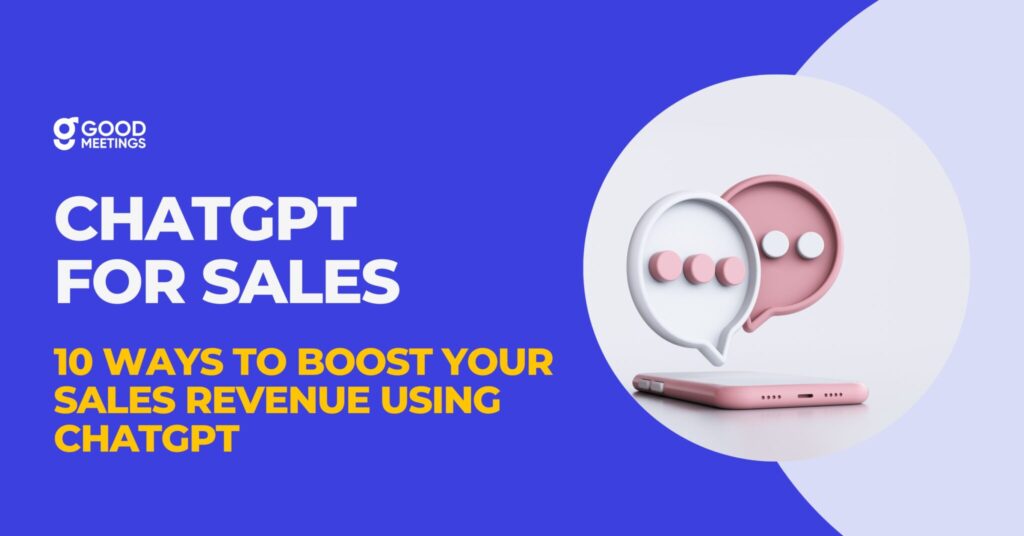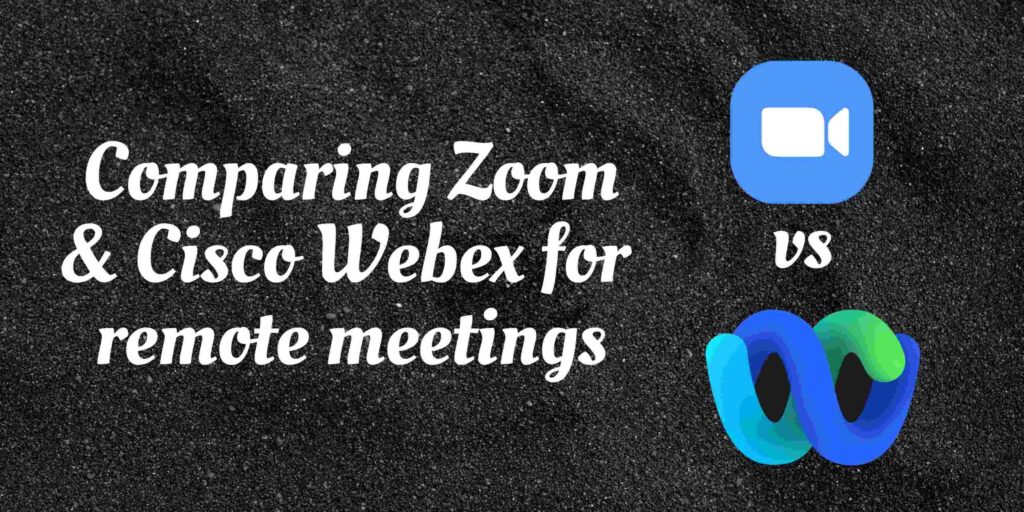
The pandemic imposed virtual selling on nearly every business in 2020. By 2021, however, the virtual way of selling became the most preferred. In 2022 though, the virtual sales practice was applied side by side with traditional sales practice.
The triple F benefit – Faster, Frequent, Frugal – offered by virtual selling is the motivation for its meteoric growth. With the emergence of numerous remote selling and coaching software tools, an enormous change in user behavior was observed.
The buyers found the virtual method of interaction more comfortable, time-saving, and cost-efficient. The selling businesses did have a steep initial learning curve and probably a hiccup. However, as soon as they were past that, they found remote selling to boost productivity rates, provide a high return on investment, widen the market reach, and benefit from location agnosticism along with many other benefits.
What do the virtual selling statistics say?
- 92% of B2B buyers prefer virtual sales interactions. (Bain)
- 75% of B2B customers prefer remote sales interactions over traditional face-to-face ones (McKinsey).
- 74% of CSOs report they have recently or are currently updating their seller skills profile for virtual selling (Gartner)
Challenges In Virtual Selling
-
Selling in a distracted space
A virtual meeting is an excuse to multi-task. The prospects are likely to check their emails, shop online, read an interesting blog, etc. during a remote meeting. 67% of attendees admitted being distracted during a virtual meeting in a survey by Zippia. Ensuring the attention of a prospect in such an environment is not an easy task.
-
Establishing rapport with the remote customer
A 2D virtual call immediately creates an emotional barrier between the attendees. A lot more effort needs to be put in by the salesman to establish the same rapport as it would be in face-to-face communication.
Sellers, generally, need 3X times the slides to communicate with the customer the same info in a virtual setting as compared to face-to-face communication. Furthermore, it is also difficult to pick up on the nonverbal cues and body language of the prospect to adapt and personalize the sales pitch to the prospect.
-
Technology issues are common in virtual selling
During the pre-pandemic era, salesmen were required to ace interpersonal skills. Being Technology oriented was, maybe, the not present or the lowest in the desired skills of their job description.
With the advent of virtual selling, salesmen need to be thoroughly trained to effectively utilize the sales tools. Additionally, the problems of low internet speeds can wreak havoc for a salesman who would otherwise have demonstrated excellent selling performance.
-
Time restriction
Generally, virtual meetings are restricted by time. It is challenging to paint a compelling vision of your product in the bound time to make the prospect realize its value. As famously stated by Simon Sinek, “People do not buy what you sell, they buy why you sell it”. To build the ‘why’, one needs to create a fascinating word picture adapted to the user. It is hard to be creative in a time-bounded restriction.
Virtual Selling Best Practices
Here are the 9 virtual selling best practices you must know and apply to succeed in sales:
#1. Define and document your sales process
Have your sales process handy. If you haven’t documented one already, make sure that you have a documented and approved sales process ready before the meeting. This will increase the prospect’s trust.
You can refer to any of these sales playbooks for an effective documentation and execution.
#2. Share the presentation material with the prospect before the call
Always share the meeting agenda and relevant non-confidential meeting documents with the prospects beforehand. This will give them time to assimilate the information and save time during the virtual meeting.
A prospect who took the interest to go through your material before the meeting could also possibly be classified as a hot lead and you can adapt your pitch during the call based on this.
#3. Set the stage for the meeting
Even if you are working from home, create a formal set up away from any distractions. This grows the company brand value and shows that you took pains to put your best foot for the meeting. This also acts as an indicator of the quality of customer support that the prospect will receive if s/he chooses to be your customer.
#4. Dress to impress
Dress formally, speak in a professional tone and be on your best behaviour. First impressions last for a long time.
#5. Choose your virtual meeting tool carefully
It is important to choose the right meeting tool that serves your current and future needs. As selling is a heavily interpersonal skill, it is crucial to select a tool that gives you insights into buyer behaviour. Some of the features that could be highly beneficial for a sales meeting are listed below:
- HD video and audio streaming – It ensures a smooth virtual meeting making the flow of information easy and effective. Additionally, it ensures not losing on the nonverbal cues.
- AI-powered features – Such features help you identify if the prospect is attentive and the topics of their interest. They nudge you basis the meeting activity and conversation to adapt the sales pitch for the prospect.
- Easy file sharing – Ready availability of relevant documents with the click of a button is a huge time saver and highly convenient
- Integration with company CRM – A remote meeting tool that is well integrated into your company CRM ensures easy access to all information that is sorted and aligned.
- Data Security – The tool should ensure the data security of the customer and the company.
Tool Tip:
Tools like GoodMeetings, Gong, SalesLoft are emerging in this space and provide features beyond stated in the above list.
Below are the virtual selling best practices for during the meeting:
#6. Listen actively
Spend enough time listening to the prospect. Take notes and make the prospect feel valued. Repeat what they say and ensure that you understand their point of view correctly. Repeating a couple of words from the speaker’s conversation makes the speaker listen to you more intently when it is your turn to speak.
Read how to identify triggers and buying signals.
#7. Wrap touchpoints around the meeting
Provide the prospect with links, documents, relevant contact details at different points in the meeting. They will have something to refer to after the meeting. It will also continue to create a recency bias, leading to better conversion rates.
#8. Sell the ‘why’ of your product and not ‘what’ you sell
Virtual meetings are time-bound. Hence, it is of significant importance to talk more about the benefits of your product to the user rather than the features of the product. It will create a better rapport and the prospect will feel valued.
Here are some qualities of high performing SDRs that you must endure.
#9. Keep in touch with the prospect post the meeting
It is imperative to keep the newly formed relationship warm. Hence even after meeting it is recommended to be a good idea to keep in touch with the prospect.
Bonus:
#10. Make sure that your content has a call to action
#11. Ask for feedback – Do ask for feedback even if the lead does not convert.
#12. Don’t badger the customer. Give space and time to respond.
Over to you…
With virtual selling, the world is your oyster. Choose the right tool, train the sales team effectively and define a set of best practices. Having done these, the transition from face-to-face to virtual selling will be a breeze for your sales team. Virtual selling is here to stay. Instead of waiting for it to go away with the pandemic, embrace the new normal with the plethora of opportunities that await you on your computer screen.





